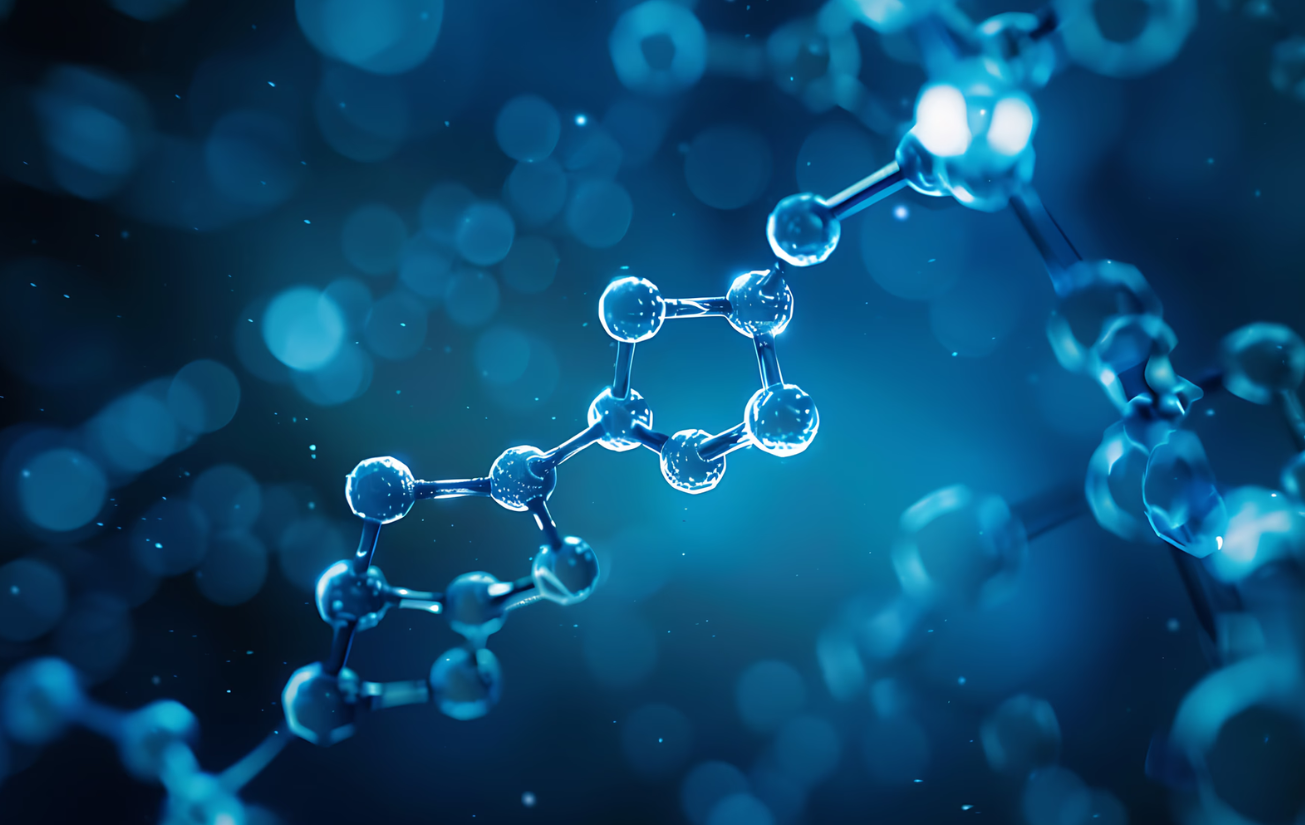
Peptides are everywhere in fitness conversations right now. They are touted as “miracle healing” fixes, marketed for recovery, fat loss, and anti-aging. But the reality is more measured: peptides are promising tools in medical research, some have legitimate therapeutic uses, and many others are still experimental with limited human data.
This post explains what peptides are, which ones people in fitness talk about, what the science actually says, and most importantly; the safety and legal considerations to weigh before you consider them.
A peptide is a short chain of amino acids (typically 2–50) that acts as a signaling molecule or functional fragment of proteins in the body. Peptides can be natural (made by our bodies) or synthetic, and they often bind to receptors to trigger specific biological effects. Because they interact precisely with biological systems, peptides are a major focus of therapeutic research. [1,2]
derived from a stomach protein; animal studies suggest tissue repair/angiogenesis benefits, but human data are scarce and low quality. [4,5]
Preclinical studies indicate wound-healing effects; human evidence is limited. [5]
These can stimulate growth hormone release and have been studied in controlled trials, but results, dosage, and safety vary. CJC-1295 has clinical pharmacology studies but its use outside regulated settings is risky. [6]
Quick point: many “peptide stacks” marketed online combine these agents (e.g., “Wolverine Stack” = BPC-157 + TB-500). These mixtures are unregulated and lack robust human safety data. [4,5]
Lots of animal and cell studies show peptides can aid tissue repair, modulate inflammation, or alter hormone release. These findings are scientifically interesting and a reason researchers are investing in peptides. [2,5]
For many high-interest peptides (BPC-157, TB-500, certain compounded growth-hormone secretagogues), high-quality randomized clinical trials in humans are either small, methodologically weak, or nonexistent. [4,5]
Many peptides marketed for recovery or aesthetics are unapproved by the FDA for human use (BPC-157 is an example). The FDA flags some peptides as risky when used in compounding and has issued warnings about unapproved products. [3]
Products sold online may be mislabeled, contaminated, or impure. Without pharmaceutical-grade manufacturing and oversight, dose and purity are unreliable. [4]
Several peptides are prohibited by WADA/USADA (and other sport bodies). Athletes should assume testing and sanctions are possible. [7]
Sleep, progressive training, nutrition (protein, energy balance), and injury prevention deliver proven, large effects. Peptides, even if someday proven safe and effective for certain uses, are secondary to fundamentals.
Encourage an evidence-based conversation with a licensed medical professional. Discuss lack of approval, potential risks, and sporting consequences.
Buying peptides from unknown online vendors carries safety risks (impurities, incorrect dosing). Compounding pharmacies and clinics vary widely in quality; regulation and oversight are not uniform. [3,4]
If a client is using peptides, document it, and ensure clearance with competition rules and medical oversight.
Bottom Line: Peptides are a fast-moving area of biomedical research with real scientific promise. Right now, however, most fitness-market peptides remain experimental for human performance/recovery — the evidence is limited, regulation is patchy, and safety is not guaranteed. Treat them as investigational tools, not magic bullets, and keep athlete health and anti-doping rules front and center. [2,4,5]